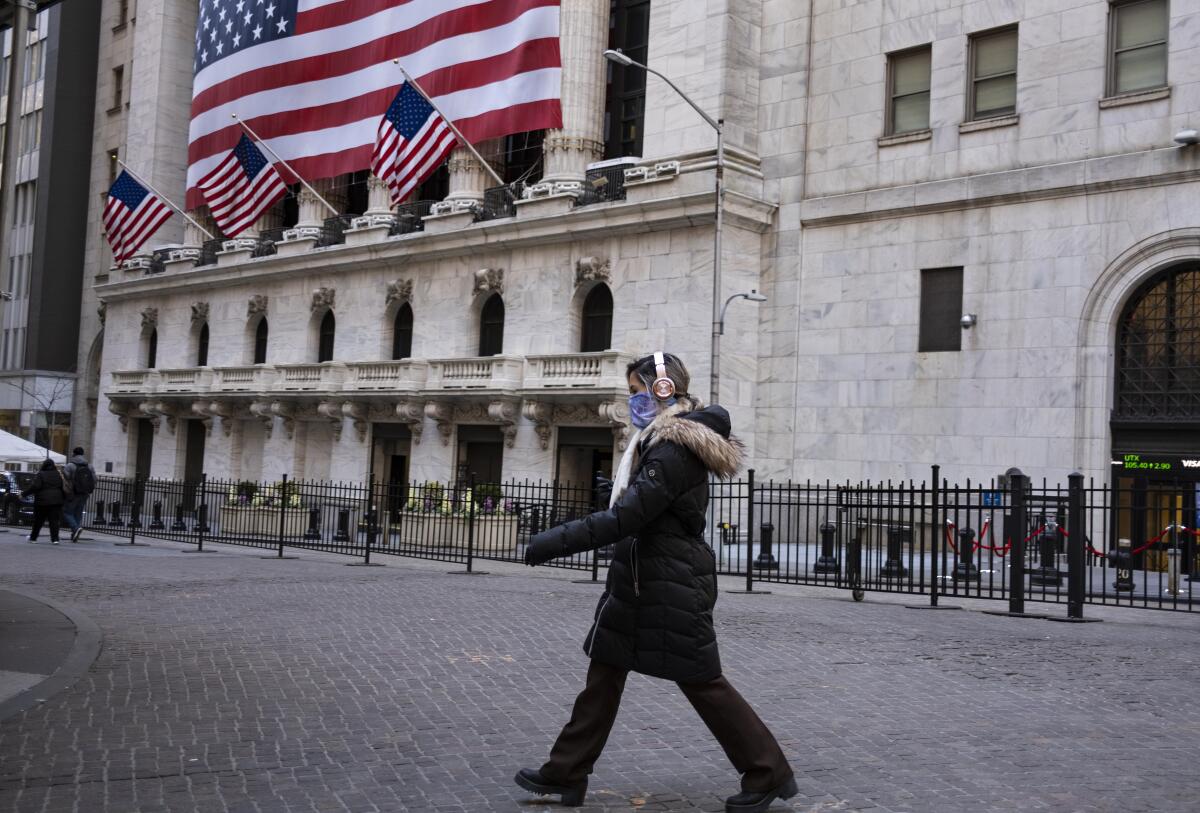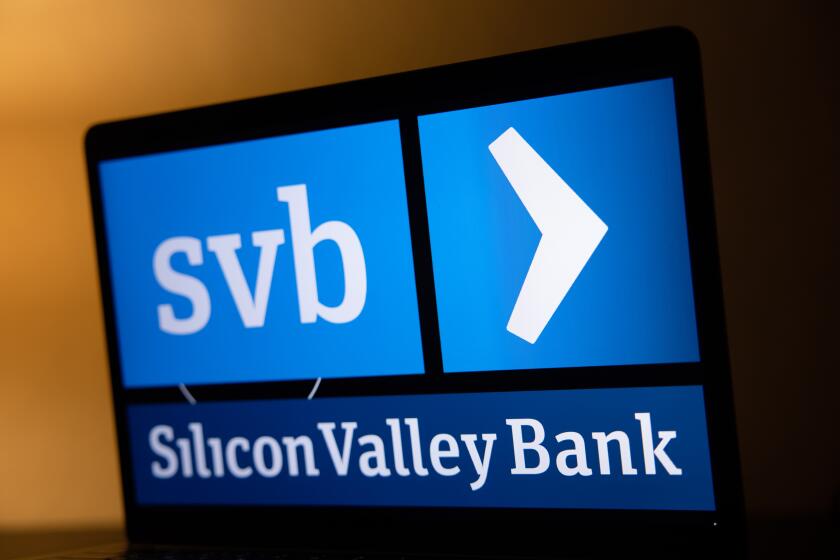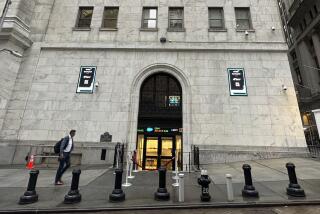Stocks head toward winning March as Wall Street’s fear falls

NEW YORK — Stocks rose Thursday as a bit more fear evaporated from Wall Street, keeping its main index of health on track for a winning month.
The Standard & Poor’s 500 rose 23.02 points, or 0.6%, to 4,050.83 for its fifth gain in the last six trading days. It’s been on a sharp turnaround after struggling in earlier weeks on worries about whether the banking system was cracking under the weight of higher interest rates.
The Dow Jones industrial average rose 141.43 points, or 0.4%, to 32,859.03, and the Nasdaq composite gained 87.24 points, or 0.7%, to close at 12,013.47.
Forceful actions by regulators worldwide have helped build confidence that the current trouble for banks won’t torpedo the economy like the 2008 financial crisis did. Traders have also begun betting heavily that the Federal Reserve will have to cut interest rates soon. Such cuts could offer huge relief after a year of relentless rate increases, and they also tend to act like steroids for markets.
To be sure, all the recent ebullience has some professionals on Wall Street wary.
Top U.S. financial officials on Tuesday outlined what’s likely to be the biggest regulatory overhaul of the banking sector in years.
“Markets are pricing the best of both worlds: a recession that brings inflation down rapidly and keeps rates low, yet one where corporate earnings do not fall sharply,” according to analysts at Barclays led by Ajay Rajadhyaksha, global chairman of research.
They are skeptical and think both bonds and U.S. stocks look too expensive.
Since Silicon Valley Bank earlier this month became the second-biggest U.S. bank failure, Treasury yields in the bond market have tumbled as traders bet the Federal Reserve would have to take it easier on interest rates.
The Fed has pulled its key overnight rate to a range of 4.75% to 5%, up from virtually zero at the start of last year, to drive down inflation. High rates can do that, but only by taking a blunt hammer to the entire economy. They also drag down prices for stocks and other investments.
The bet on Wall Street has been that the Fed may cut rates as soon as this summer, to release some of the pressure built up on the economy and banks. That has caused the price to soar and the yield to tumble for the two-year Treasury, which tends to move on expectations for Fed action.
Regulation won’t slow innovation despite tech industry claims. And the social harm stemming from Silicon Valley’s innovation shows it is necessary.
Its yield plunged from above 5% earlier this month, when it was at its highest level since 2007, back below 3.60% last week. That’s a massive move for the bond market. It rose Thursday to 4.12% from 4.11% late Wednesday.
Expectations for easier rates in turn have helped to buoy the Big Tech stocks that dominate the S&P 500 and other indexes. That’s because tech and high-growth stocks are seen as some of the biggest beneficiaries of low rates.
Gains for Microsoft, Apple and Amazon on Thursday were the strongest forces pushing the S&P 500 higher. Amazon rose 1.7%, while the others were up more modestly.
But many professionals on Wall Street are saying the Fed will probably cut rates only if a more serious recession for the economy were on the way, one that would pull down corporate earnings more sharply than what’s already expected.
The Fed has indicated it plans to raise rates one more time before holding steady through the end of this year. Although it’s acknowledged that the turmoil for banks could almost act like a rate increase on its own, inflation is still too high for comfort.
“In sharp recessions — which seems to us the only way to justify bond market pricing, given how high U.S. inflation is — corporate earnings easily drop 30-35%,” Rajadhyaksha and his Barclays colleagues wrote in a report. They added that Big Tech stocks would not be immune from such a downturn.
Nevertheless, the increasingly dominant force on Wall Street seems to be calm.
A measure of nervousness among stock investors on Wall Street on Thursday touched its lowest level since before a mad dash by Silicon Valley Bank customers this month caused its failure and sparked the harsher scrutiny on banks globally.
Financial stocks in the S&P 500 went from gains in the morning to losses in the afternoon, and they ended mixed. But the movements weren’t as jagged as they were earlier this month, when fears about the banking system were at their height.
A report on Thursday showed that slightly more U.S. workers applied for unemployment benefits last week than expected. That could be a sign of increased layoffs, but the number still remains very low compared with history.
In a separate report, the government revised down its estimate for how much the U.S. economy grew during the last three months of 2022. But it still showed growth.
“Today’s data may have some investors more willing to see the light at the end of the tunnel for rate hikes, but remember a multitude of data will be released before the Fed’s next decision,” said Mike Loewengart, head of model portfolio construction at Morgan Stanley Global Investment Office.
On Friday, the Commerce Department will issue its February report on consumer spending. That’s the heart of the U.S. economy. Perhaps more importantly, the report will also give the latest update on the measure of inflation that Fed policymakers prefer to use.
“And we have just seen how quickly the market can be disrupted by unplanned turmoil,” Loewengart said, “so investors should remain alert.”
AP writers Yuri Kageyama, Matt Ott and Joe McDonald contributed to this report.
More to Read
Inside the business of entertainment
The Wide Shot brings you news, analysis and insights on everything from streaming wars to production — and what it all means for the future.
You may occasionally receive promotional content from the Los Angeles Times.












